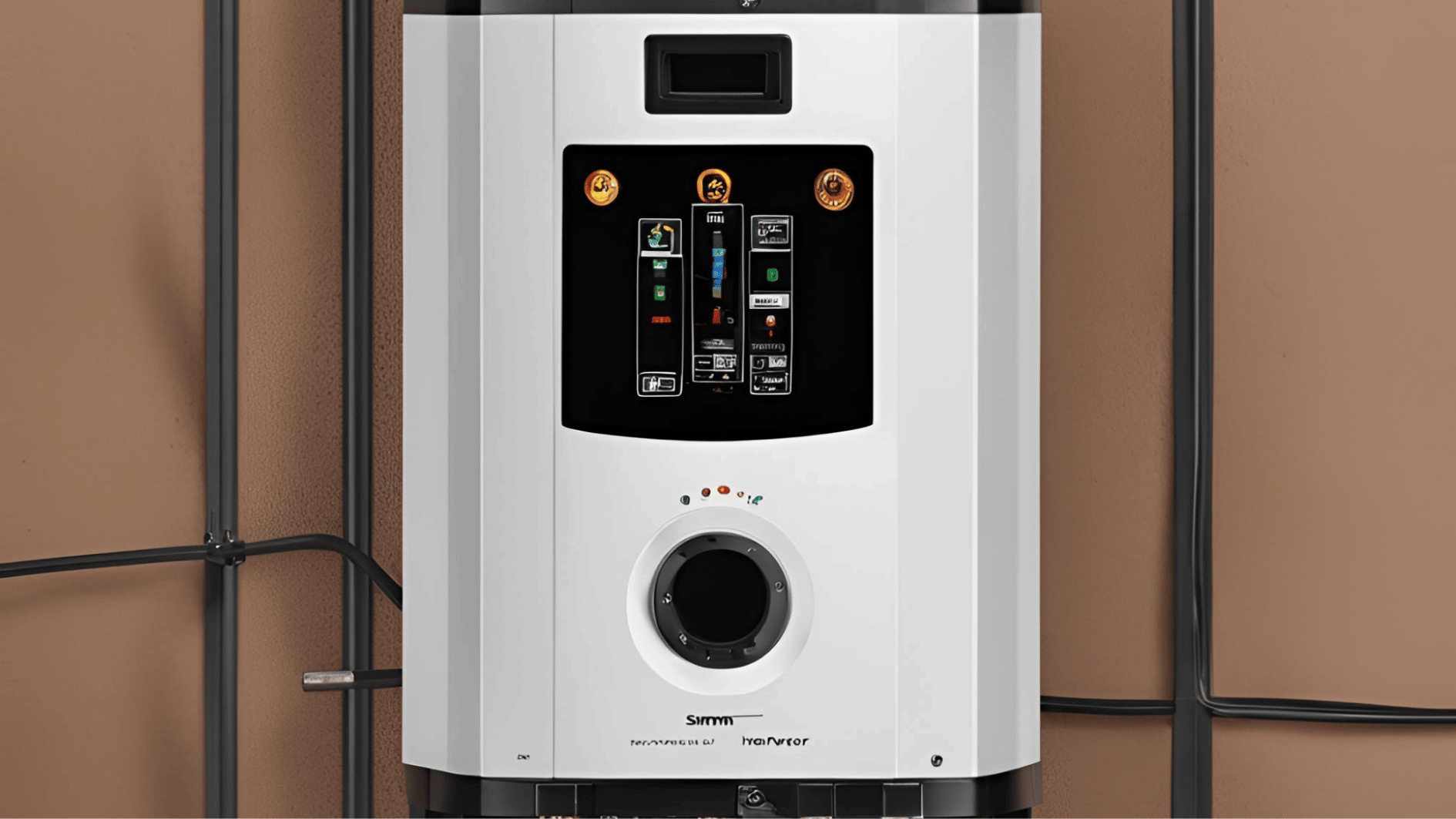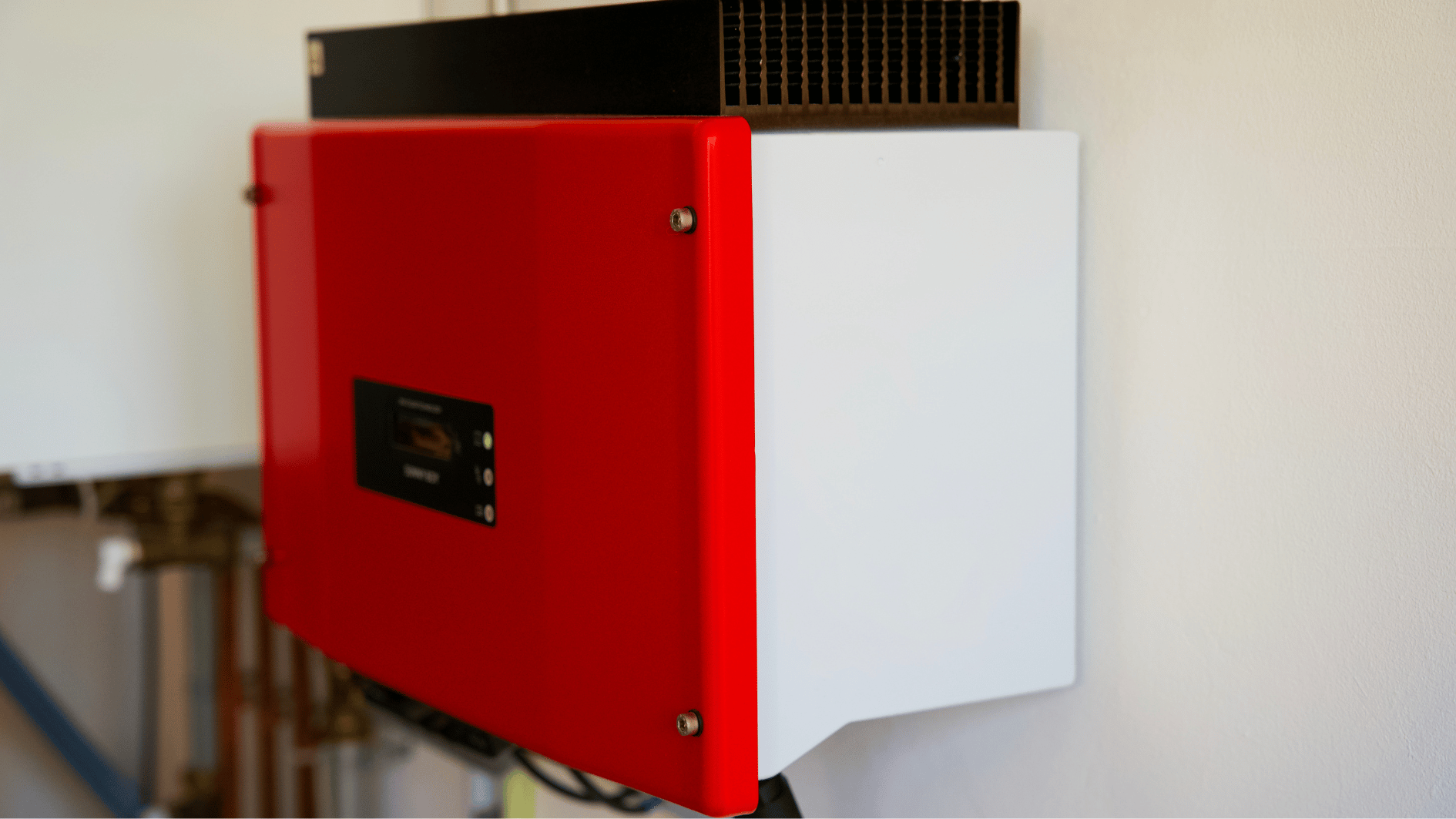Image source: Canva.com
Solar energy has become a popular and sustainable solution for powering homes and businesses, helping to reduce electricity bills and decrease environmental impact. One essential component of a solar energy system is the inverter, a device that converts the direct current (DC) electricity generated by solar panels into alternating current (AC), the form of electricity needed for most household appliances and devices. Proper care and maintenance of inverters are crucial for maximizing their lifespan, ensuring efficient energy production, and safeguarding the overall health of the solar system. This article delves into the factors affecting inverter lifespan, tips for extending it, and best practices for maintenance.
Understanding Solar Inverters and Their Lifespan
Inverters come in different types, including string inverters, microinverters, and hybrid inverters, each suited for different kinds of solar installations and power needs. The lifespan of an inverter typically ranges from 10 to 20 years, depending on its type and quality. Here is a brief overview of the three main types:

String Inverters
These are the most commonly used inverters in residential solar installations. They are usually the most affordable option and can last between 10 and 15 years if maintained well.

Microinverters
Installed on each panel, microinverters tend to be more efficient and longer-lasting, generally with a lifespan closer to 20 years. Because each panel has its own inverter, microinverters allow for more consistent energy production even if one panel experiences issues.

Hybrid Inverters
These inverters work with battery storage systems, making them ideal for setups that use energy storage. Hybrid inverters have a lifespan similar to string inverters but can vary based on their additional complexity.
While solar panels typically last over 25 years, inverters tend to require replacement or substantial maintenance earlier due to their constant operation and susceptibility to heat and electrical stress.
Factors Affecting Inverter Lifespan
Several factors can influence an inverter’s lifespan. Understanding these can help identify ways to extend it and ensure uninterrupted energy production.

Heat
Excessive heat is one of the most significant contributors to inverter wear and tear. Inverters work best when kept cool, so ensuring adequate ventilation and possibly a cooling system is vital.

Quality and Brand
Not all inverters are made equal. High-quality inverters from reputable manufacturers often have a longer lifespan and better warranty options, giving homeowners peace of mind and a reliable energy source.

Installation Location
Placing an inverter in a location protected from direct sunlight, moisture, and extreme temperatures can significantly impact its durability. Installing it in a shaded, dry area can help reduce heat and protect it from environmental stress.

Maintenance Practices
Regular maintenance can extend the lifespan of an inverter, allowing it to operate more efficiently and with fewer problems over time.

Usage and Load
Higher usage rates and heavy electrical loads can put additional strain on the inverter, potentially shortening its lifespan. Ensuring that the inverter is appropriately sized for the household or business’s power needs can mitigate this.
Tips for Extending Inverter Lifespan
Maximizing the lifespan of an inverter requires proactive care and some practical considerations:
Choose Quality Over Cost
Investing in a high-quality inverter may cost more upfront but can offer better performance, longevity, and lower maintenance needs in the long term. High-quality models are also more likely to come with extended warranties.
Proper Ventilation
Ensure that the inverter has ample ventilation. Inverters work continuously, which generates heat. Positioning the inverter in a well-ventilated space or providing a cooling system can prevent it from overheating.
Keep It Clean
Dust and debris can obstruct ventilation and cause the inverter to overheat. Regular cleaning (following the manufacturer’s guidelines) can help keep it free from blockages, dirt, or other contaminants that could affect performance.
Monitor Performance
Monitoring the performance of the solar system, either through a built-in monitoring system or an external monitoring platform, allows you to detect any performance drop-offs early. This enables prompt action to resolve issues before they worsen.
Avoid Overloading
Overloading the inverter can result in heat build-up, damaging internal components. Ensure that the inverter’s capacity is well-suited to the load requirements to avoid excess stress.
Regular Maintenance for Inverters
Maintenance is crucial for prolonging an inverter’s life and involves a few essential steps:
- Inspect for physical damage: Regularly check the inverter and its surroundings for any physical damage, such as corrosion, broken wires, or signs of wear and tear.
- Check connections: Loose or corroded connections can disrupt performance. Periodically inspect all connections and tighten them as needed.
- Monitor error codes and alerts: Inverters often display error codes when something goes wrong. Familiarize yourself with these alerts and address issues promptly.
- Professional servicing: It is recommended that you engage a professional for an annual checkup. Solar technicians can perform in-depth diagnostics, inspect internal components, and ensure that everything functions correctly.
Knowing When to Replace an Inverter
Even with the best maintenance, inverters will eventually need replacing. Common signs that indicate an inverter replacement may be due include:

- Frequent errors or shutdowns: If the inverter often shuts down or displays error messages, it could be a sign of deteriorating internal components.
- Significant drop in efficiency: A noticeable decline in energy production might indicate that the inverter is not performing optimally.
- Manufacturer’s warranty expiration: Many inverters come with warranties that cover up to 10 years. If the inverter is nearing or past the warranty period, it may be worth considering a replacement.
Future-Proofing Solar Systems with Newer Inverter Technology
The technology for solar inverters has advanced significantly in recent years, with newer models often featuring higher efficiency, better durability, and advanced features like remote monitoring and integration with smart home systems. Upgrading an aging inverter with a newer model can improve system efficiency and longevity. Additionally, newer inverters may offer hybrid capabilities, allowing for battery storage integration in the future if desired.

Understanding and maintaining the lifespan of a solar inverter is vital to ensuring that a solar energy system operates efficiently and effectively over the long term. Factors such as quality, proper installation, adequate ventilation, regular maintenance, and monitoring contribute significantly to inverter longevity. By investing in quality equipment and following best maintenance practices, solar system owners can enjoy reliable, sustainable energy production for years to come.
Proper care of an inverter not only extends its lifespan but also maximizes the return on investment in solar technology, contributing to a greener future while minimizing energy costs.





